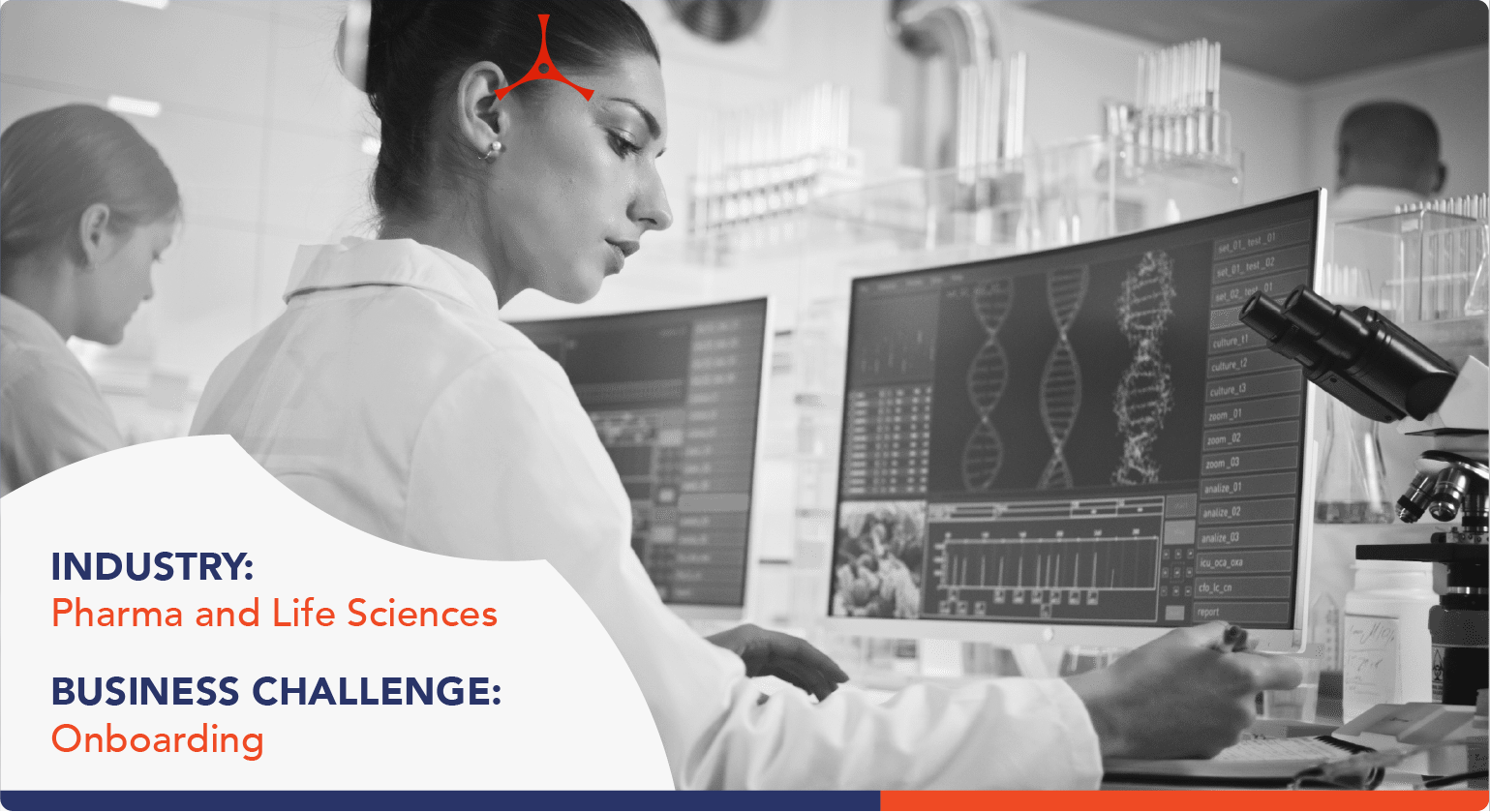Insurance
Lean Process Supported by a Microlearning Overhaul and a Mile-Stone Based Certification

Our Client
Our client is one of the world’s largest multi-line insurers, operating for over 140 years, serving their customers in global, and local markets to deliver intelligent protection from risk. They use the Lean methodology to allow every employee to play a role in simplifying the end-to-end process of serving their customers. Lean enables them to maximize value for customers, with the most efficient use of resources, achieved through a relentless drive to eliminate ‘waste’ through continuous improvement.
The Business Challenge
Our client offered a combination of ‘off-the-shelf’ eLearning courses, and classroom training for Lean practitioners, as well as Lean associates across the organization. The ‘off-the-shelf’ courses however, were primarily manufacturing-oriented, and did not support learners in applying the Lean principles and tools within a financial services business. The classroom training was limited in its reach, as only a limited number of sessions could be conducted over a large geographical area. In addition to this, the required expertise of practitioners, and corresponding learning requirements, differed across levels of application. The learning program therefore required a substantial overhaul, in terms of the organization-applicability, and the delivery method.
Our Solution
DelphianLogic designed a microlearning approach to train employees on the Lean process, concepts, and tools. This was supplemented by application-oriented workshops, and certification frameworks.
- The online microlearning nuggets were used to form a knowledge base corresponding to the performance requirements at each certification level. DelphianLogic designed custom instructional, and design strategies for each learning nugget, based on the learning objectives, type of content, level of application, and depth of coverage.
- The microlearning were used to form three separate learning paths for the three levels of Lean practitioners—Novices who require an introduction to Lean, Yellow Belt practitioners, and Green Belt practitioners. Since each level of practice is based on the learning and experience garnered from the previous levels, this approach enabled revision and reuse of required learning nuggets for different certification levels, and allowed learners to refresh their knowledge of previous learning, whenever needed.
- In addition to online learning, the learning path for the Green Belt training included live workshops, comprising recap sessions, as well as group simulations and discussions, so as to apply the learning gathered through the online training.
- The milestone-based certification framework included pre-tests to bridge the time gap, focused attention between the certification levels, and assessment modules with question banks corresponding to all of the the learning material covered. The learners receive feedback, directing them to specific modules that require revision, and a cumulative score required to complete the learning successfully. The certification requirements also include participating in/conducting a Lean initiative at the designated level.
Results
- 90% increase in training completions within a span of 1 year from implementation
- 80% increase in Lean Certified FTE’s in the span of 1 year
- More than 75% associates rated training flexibility as 5 stars
- More than 40% reduction in yearly training costs for the Lean program


